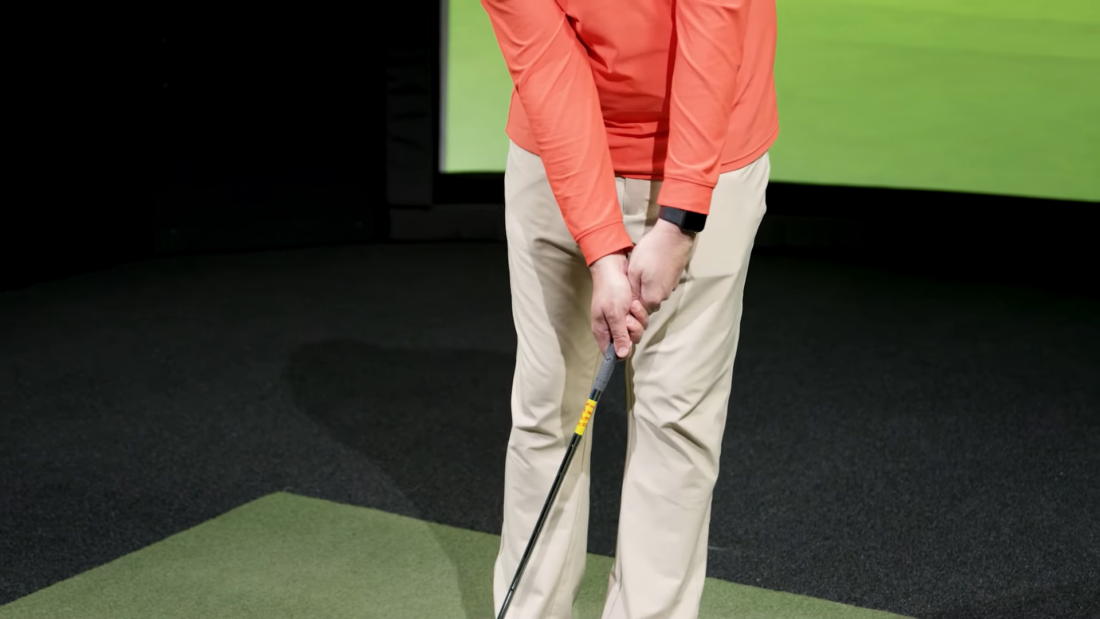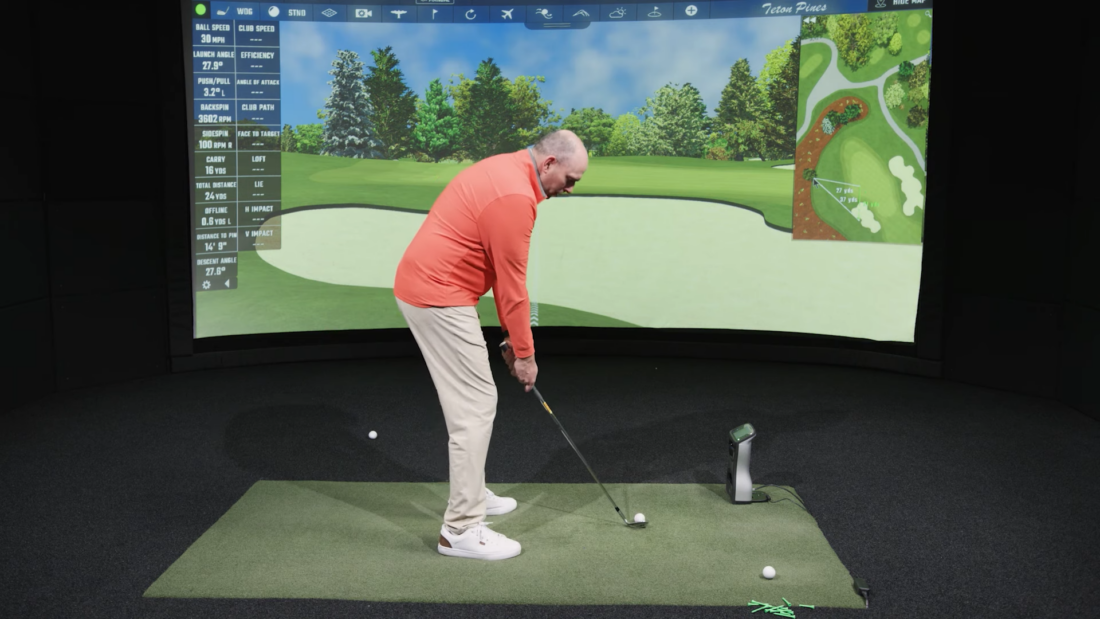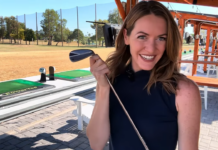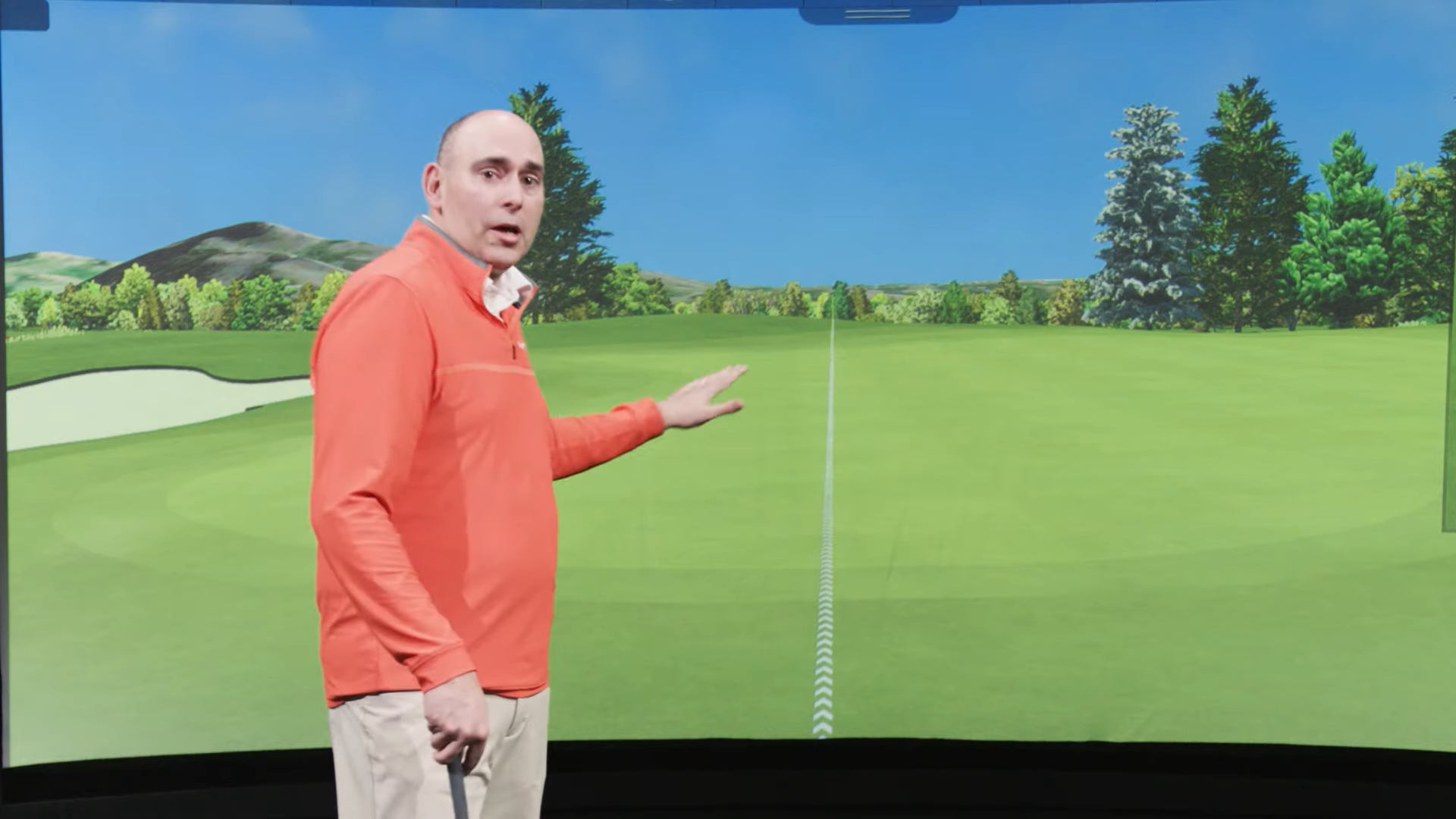Learn the differences between chipping and pitching with GOLFTEC Coach Tim Sam
By Ryan Gager
Are you ever faced with the dilemma of whether to chip or pitch when you find your ball just short of the green? Making the right decision can greatly impact your score, and in this article, we’re going to break down the art of shot selection and decision-making around the greens in the latest edition of Fix My Fault with GOLFTEC Coach Tim Sam.
The First Decision: Can I Putt It?
Before you even consider grabbing your wedge, the first question you should ask yourself is, “Can I putt it?” Putting is often the safest and most precise option when you’re near the green. If the answer is yes, don’t hesitate—putt it!
Putting helps you maintain control and consistency, making it an ideal choice when the conditions allow. However, let’s assume that for some reason, putting isn’t feasible.
Chip It: Mastering the Technique
When you can’t putt, the next best option is to chip the ball. Chipping requires a specific technique that can be a game-changer. Coach Tim Sam emphasizes two crucial aspects of the chip shot:
1. Handle Position: In your address position, gently lean the handle of your club forward toward the target. This subtle adjustment reduces the loft of the club, ensuring you hit the ball low and get it rolling toward the hole.
2. Handle Elevation: Raise the handle slightly during your setup. This further assists in hitting a low, controlled chip shot.
By following these fundamentals, you’ll be well on your way to mastering the chip shot, which is your go-to when putting isn’t an option.
If you missed Tim’s video on how to change your setup to generate more power with your driver, check it out here!

Pitch It: When Height Matters
Now, let’s discuss a different scenario—one where the path to the hole is blocked or when you need to get the ball high in the air to stop it quickly. This is where the pitch shot comes into play.
1. Neutral Handle Position: Unlike the chip shot, for the pitch shot, keep the handle in a neutral position. It shouldn’t lean forward or backward; it’s simply straight up and down from the front view.
2. Handle Lowering: From the side view, lower the handle slightly during your setup. This change in handle position allows you to achieve a higher trajectory, making the ball land softly on the green.
Pitch shots are invaluable when you need to clear obstacles or when the flagstick is placed on a tiered green. Mastering this technique is essential for golfers who want to excel in their short game.

To summarize, making the right choice between chipping and pitching around the green can significantly impact your golf game. Remember Coach Tim Sam’s sage advice:
- Putt It: When you can, putt. It’s the safest and most precise option.
- Chip It: When you can’t putt, focus on the handle position and elevation to execute a controlled, low chip shot.
- Pitch It: When you need to clear obstacles or stop the ball quickly, opt for the pitch shot with a neutral handle position and lowered handle.
Your ability to make informed decisions around the green can save strokes and improve your overall performance. If you’re looking to continue to dial in your short game, find your local GOLFTEC and talk to a Coach. They can provide personalized instruction and help you hone your skills to become a more confident and successful golfer. So, whether it’s a putt, chip, or pitch, make the right call and watch your scores improve!
For more chipping and pitching tips and drills, check out the videos below from GOLFTEC, including Hannah and Fredrick providing short game tips, and Coach Ashley Thomas with a body turn drill.
Interested in more instructional content from GOLFTEC?
Fill out the form on this page and you’ll be subscribed to future emails with great videos, tips, drills, and more.
A local Coach will also contact you to discuss your game and how lessons or a fitting at a local Training Center may benefit you.











